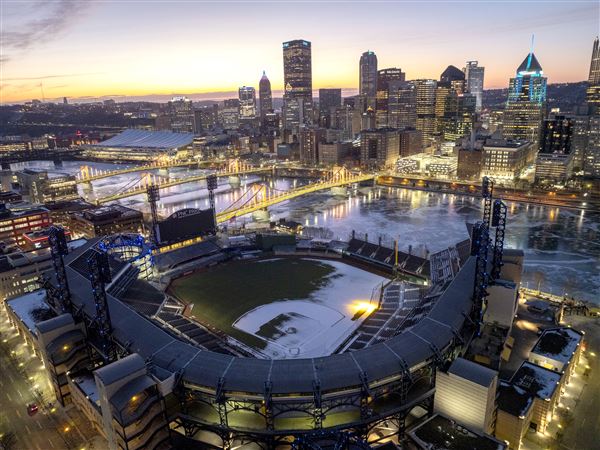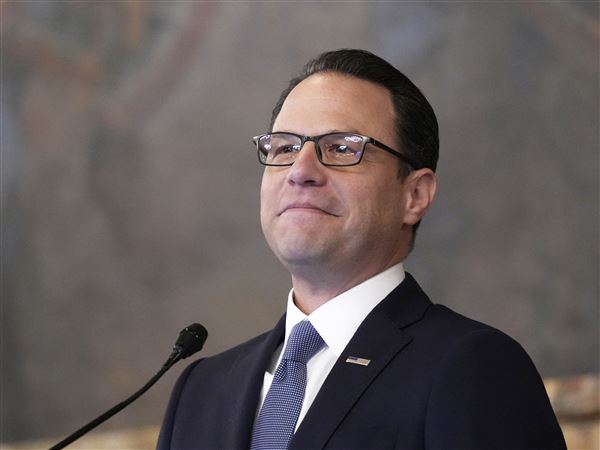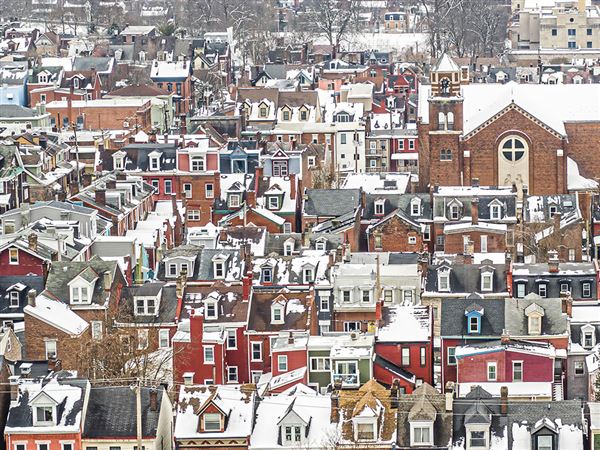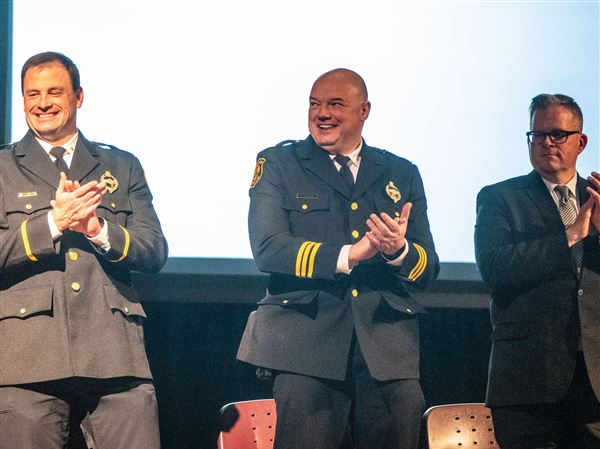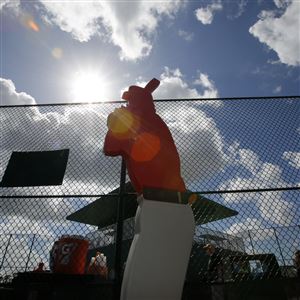The most heavily subsidized ride that the Port Authority offers is not on a bus, trolley or ACCESS paratransit vehicle.
It is for cars and vans driving through the Wabash Tunnel, the 103-year-old Mount Washington hole-in-the-wall that reopened Dec. 27, 2004, across from Station Square, as an alternate route for vehicles carrying a minimum of two people.
Based on recent usage, it costs taxpayers about $12 per trip for every private vehicle passing through the rebuilt railroad tunnel during the morning and evening rush hours.
That number is based on year-old traffic counts by the Port Authority. A recent Pittsburgh Post-Gazette count of 123 vehicles during the 6-10 a.m. morning rush hours indicated the figures haven't appreciably changed.
The transit agency pays $780,000 a year to Bruce & Merrilees, a private company, to provide a supervisor and workers. They change gates and signs that control the alternating one-way flow of traffic, monitor closed-circuit video surveillance and carbon monoxide detection systems, respond to accidents, clear snow and handle breakdowns.
Those costs now are covered as part of the authority's capital budget, paid 80 percent by the Federal Transit Administration and 16 2/3 percent by the Pennsylvania Department of Transportation.
But the special federal and state funds will end Dec. 31, shifting operating and maintenance costs to the Port Authority at a time when it will face the biggest operating budget deficit in its 42-year history.
Although the Port Authority was prime sponsor of the project and is saddled with its expenses, no buses use the Wabash Tunnel, which contains a single, reversible lane. It's not handy to any bus route.
Authority traffic counts over a seven-day period in April 2005 showed an average of 109 vehicles inbound during the morning rush and 132 outbound during the afternoon rush.
When the Post-Gazette counted 123 vehicles last week, it included about a dozen vehicles with the driver as the only occupant, a violation of law governing HOVs.
The tunnel had been forecast to attract 4,500 vehicles a day by 2015, a number officials said was predicated on other factors like connecting the south end to Banksville Road.
The authority receives $100,000 a year from Parking Solutions Inc. for leasing the 160-space parking lot built on a bluff at the northern end of the Wabash Tunnel. It paid $11 million to acquire the property through a contested eminent domain proceeding.
Both the Port Authority and PennDOT were hesitant about converting the tunnel into an HOV. But local officials, including then-state Sen. Jack Wagner, D-Beechview, insisted the tunnel had potential.
Also, the Federal Transit Administration required the authority to finish and make use of the tunnel as part of a "full-funding agreement" for the West Busway.
The Wabash Tunnel was part of the original $326 million busway project, which also included a new Monongahela River bridge. Increasing costs, railroad right-of-way problems and community opposition to the bridge prompted the authority to scale things back.
If the authority had failed to meet its commitment to open the tunnel, the FTA could have required it to repay the 80 percent federal funding for the busway.
"This facility was not supposed to function as it does today," said Henry Nutbrown, the authority's manager of engineering-construction.
Given low usage and high operating costs, was the scaled-down Wabash Tunnel/HOV project a bad public investment?
"It's not what we hoped for," Mr. Nutbrown said. "[Now], unfortunately, it's a marginal project, the way things went."
As a result of low usage, City Councilman Jim Motznik has introduced a resolution urging the Port Authority to conduct a traffic study and examine the possibility of dropping HOV restrictions. He said that would ease problems at such traffic choke points as the Liberty Tunnels and Fort Pitt Tunnel.
Mr. Nutbrown said that would be a difficult sell.
"I wouldn't say it's impossible," he said, "but the federal agencies that put in most of the money did so based on ride-sharing uses."
The Port Authority has offered the Wabash Tunnel to city and state officials as an exit from Downtown and the South Side in case of emergencies in the Liberty or Fort Pitt tunnels. "It can act as an escape valve," Mr. Nutbrown said.
Over the years, the Wabash Tunnel was rebuilt for a Skybus transit system that was never developed and used to warehouse old buses.
Passenger trains quit running through the Wabash Tunnel in 1931, although freight trains used it until 1946.
